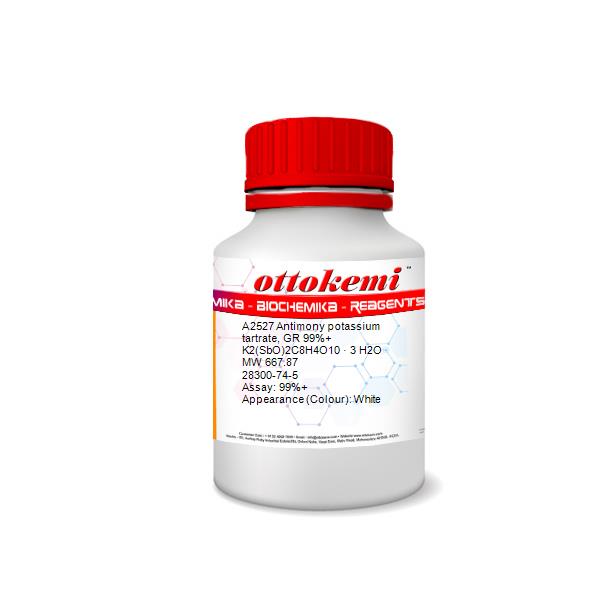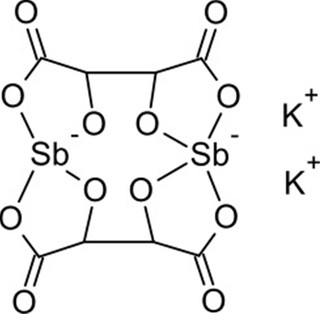
Fatty degeneration in the liver, but no effects in the kidney, was recorded in an inhalation exposure study on guinea pigs ( Dernehl et al., 1945). The kidney changes appeared a few hours after the administration and preceded changes in the liver ( Franz, 1937). Fowler, in Handbook on the Toxicology of Metals (Fourth Edition), 2015 7.1.2.2 Liver and Kidney Effectsįatty degeneration occurred in the convoluted tubules of the kidney and the liver after a single administration of 60 mg antimony potassium tartrate solution to rabbits. Reduced cellular ATP concentrations paralleled toxicity but appeared to be secondary to other cellular changes initiated by exposure to antimony.Ĭarolyn A. An interaction with thiol homeostasis is also involved. Potassium antimony tartrate disrupted calcium handling, leading to a progressive increase in the resting or diastolic internal calcium concentration and eventual cessation of beating activity and cell death. The cardiac toxicity of antimony has been explored in cultured myocytes. Patients with a predisposition to dysrhythmias (such as some with ischemic heart disease) are best treated with pentavalent antimonials as inpatients to identify and manage adverse effects early when resources allow. All these adverse effects resolved when treatment was withdrawn. Three patients developed minor electrocardiographic changes and one developed thrombocytopenia. To address the safety of outpatient management, a recent small study of 13 marines in the UK showed that they could be safely managed as outpatients with daily stibogluconate injections, provided there was close monitoring of electrocardiograms and blood tests to provide early warning of bone marrow toxicity. This may mean admitting otherwise fit young patients for several weeks for treatment of a non-healing ulcer. īecause of concerns regarding the cardiac adverse effects of antimonials, it is good practice to admit patients for the duration of therapy whenever practicable. This may largely be due to changes in physicochemical properties of the drug one cluster of cases was associated with a high-osmolarity lot of sodium stibogluconate.

There have been reports of severe cardiotoxicity, leading in some cases to death. Myocarditis with electrocardiographic changes has been well described, but the risk of dysrhythmias is usually small. The authors suggested that patients taking antimony compounds should be observed cautiously for signs of cardiological and hematological changes.

Three days after treatment was discontinued he developed ventricular fibrillation and died. Sepsis and other causes of petechial rashes were ruled out. The drugs were withdrawn and 3 days later he developed a petechial rash on the legs. On day 3 he reported chest pain and a persistent cough. Ī 4-year-old boy with visceral leishmaniasis was given intravenous sodium stibogluconate 20 mg/kg/day (1200 mg/day) and oral allopurinol 16 mg/kg/day (100 mg tds).

Changes in the electrocardiogram depend on the cumulative dose of antimony, and sudden death can occur rarely.


 0 kommentar(er)
0 kommentar(er)
